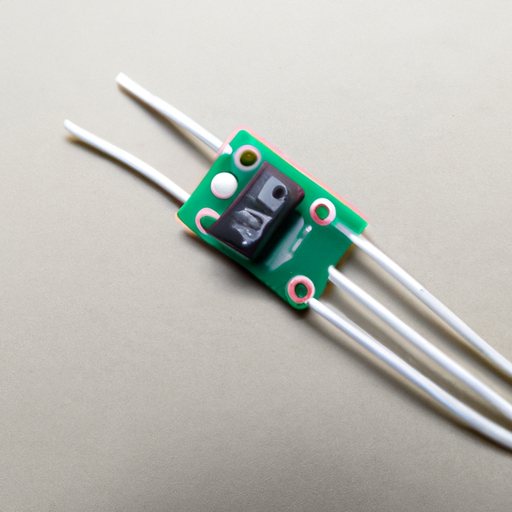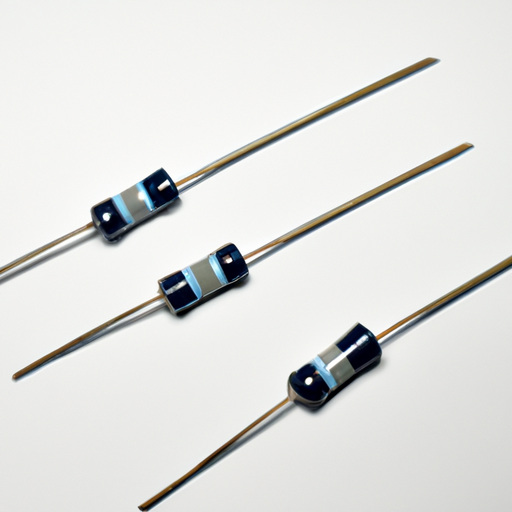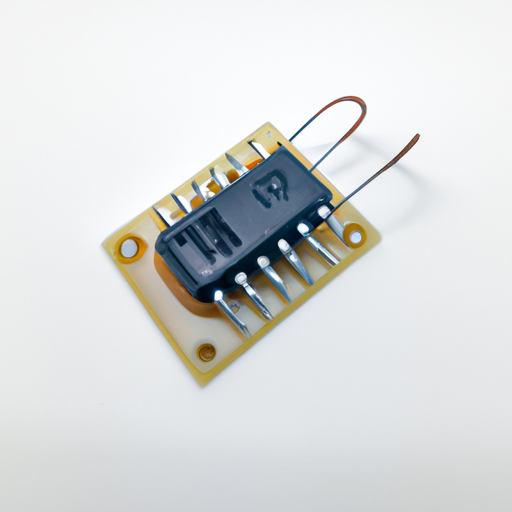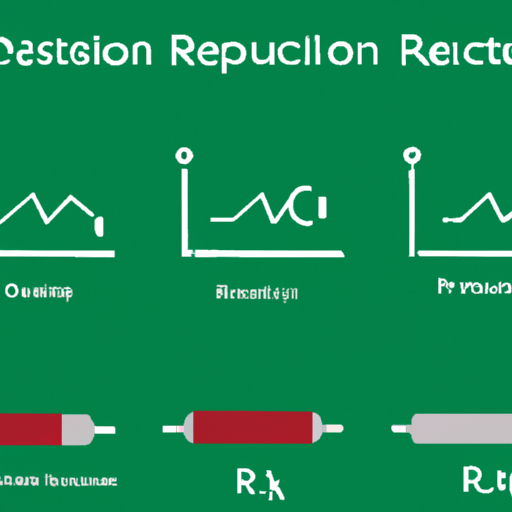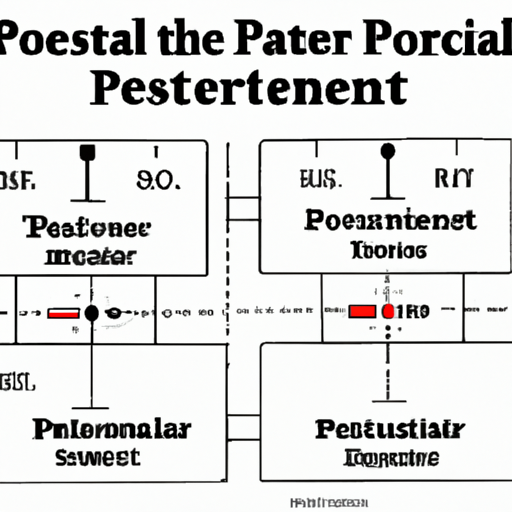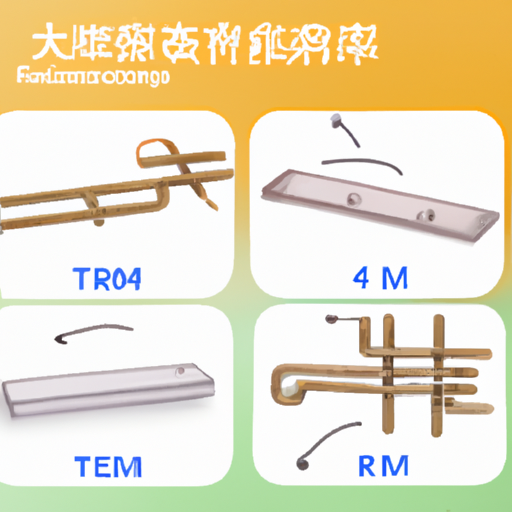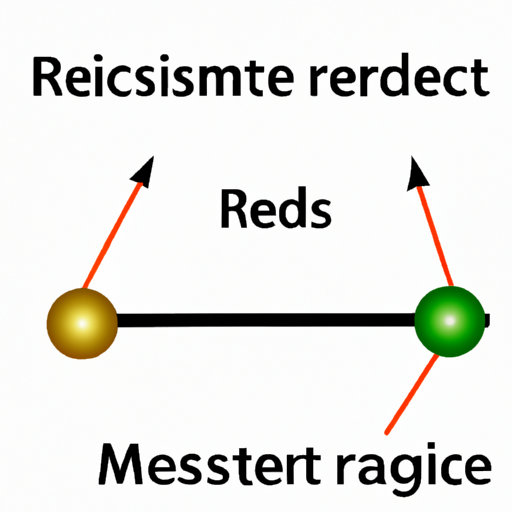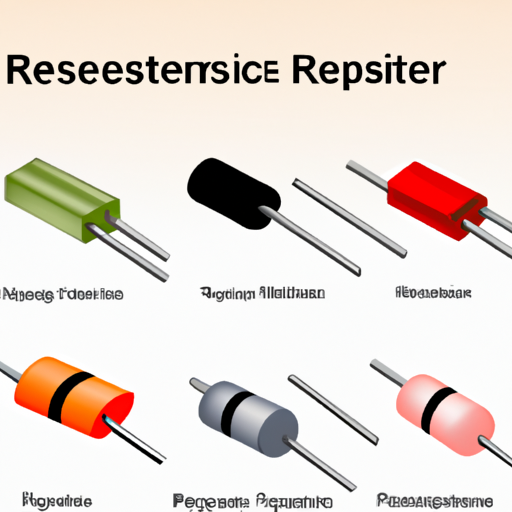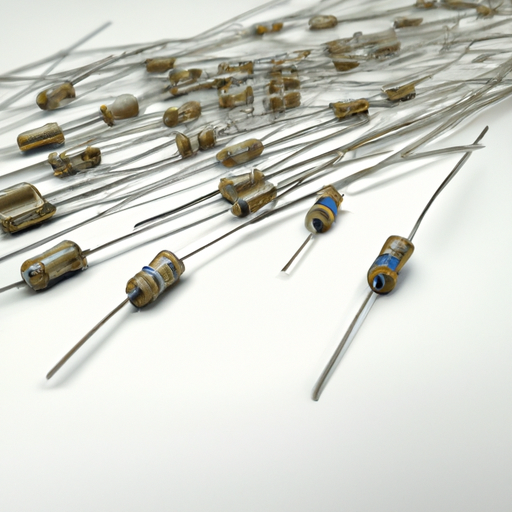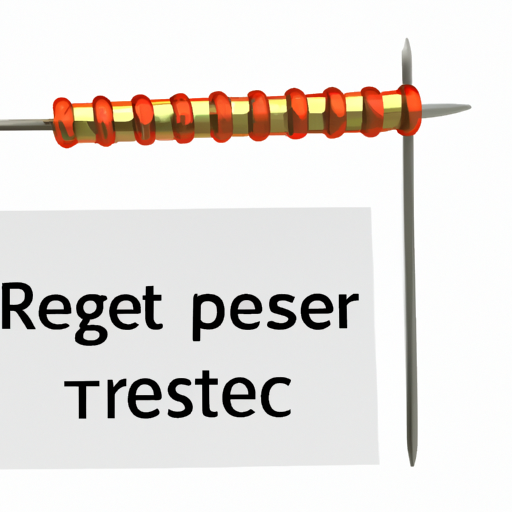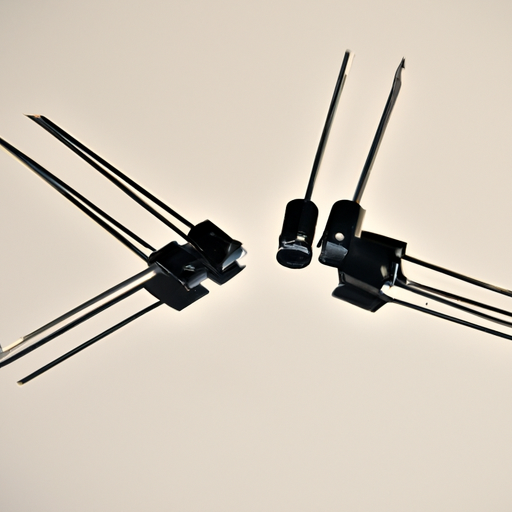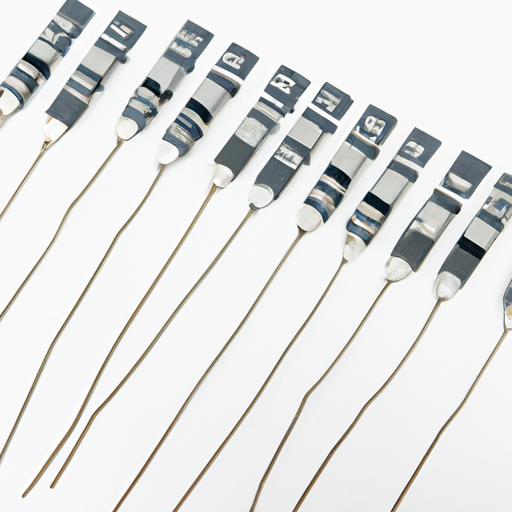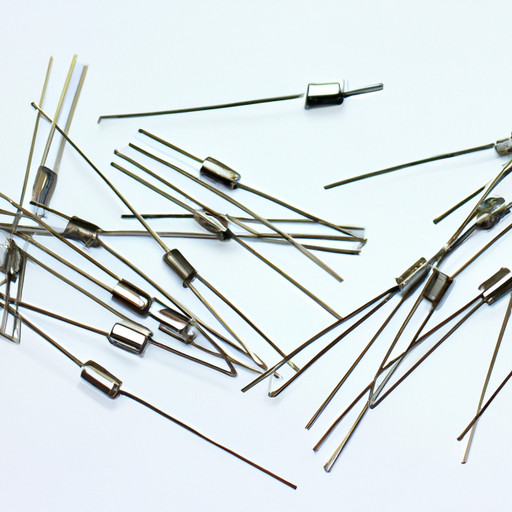Products
- Capacitor Networks, Arrays(1800)
- Aluminum Electrolytic Capacitors(112900)
- Tantalum Capacitors(89916)
- Ceramic Capacitors(717275)
- Electric Double Layer Capacitors (EDLC), Supercapacitors(1954)
- Film Capacitors(93027)
- Accessories(259)
- Mica and PTFE Capacitors(9079)
- Trimmers, Variable Capacitors(2222)
- Thin Film Capacitors(3460)
- Display Modules - LED Character and Numeric(4158)
- Display Bezels, Lenses(86)
- LED Emitters - Infrared, UV, Visible(3323)
- Laser Diodes, Laser Modules(1266)
- Display Modules - LED Dot Matrix and Cluster(750)
- Ballasts, Inverters(7424)
- Accessories(4909)
- Display Modules - LCD, OLED Character and Numeric(1732)
- LEDs - Spacers, Standoffs(2689)
- Lamps - Incandescents, Neons(30647)








